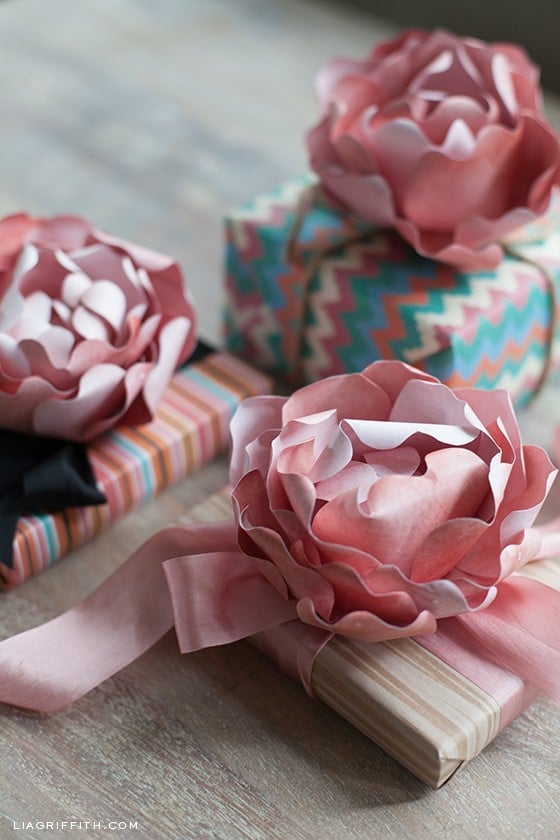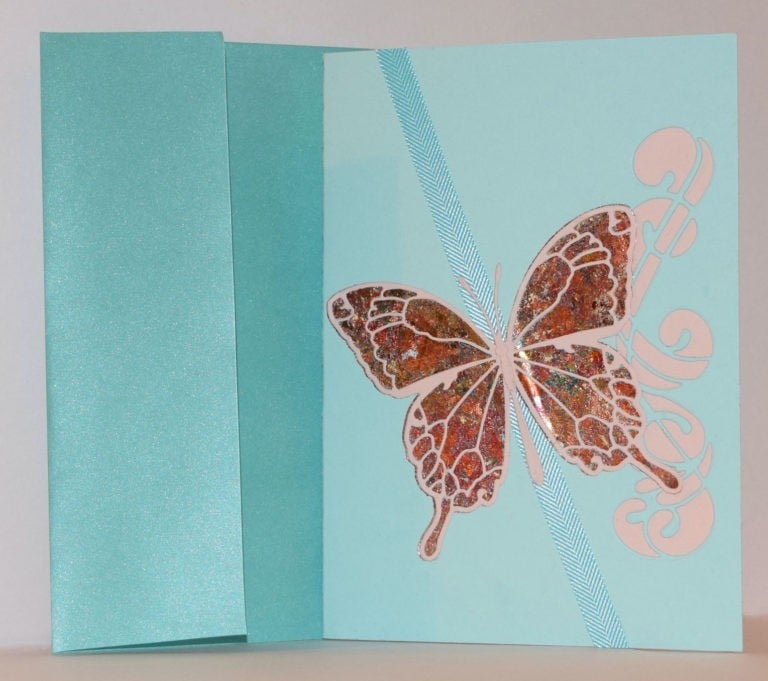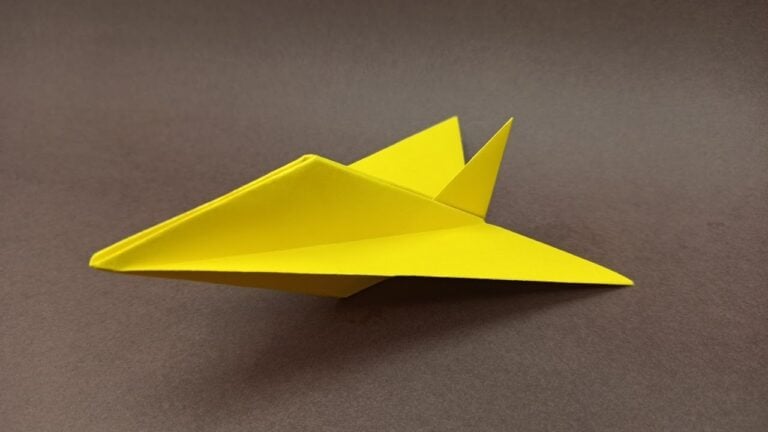The Best Paper for Pencil Art
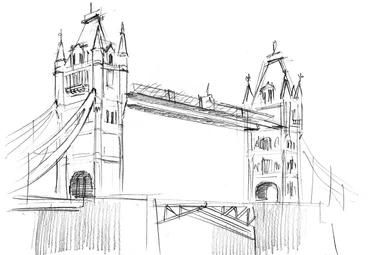
Sometimes, the simplest tools create the most breathtaking masterpieces. A pencil and a sheet of paper may seem basic, but in the hands of an artist, they become instruments of expression, depth, and emotion.
Pencil art is beloved for its versatility—ranging from quick sketches to intricate hyperrealistic drawings. Artists use techniques like hatching, cross-hatching, and blending to bring their ideas to life. But while most people focus on the pencil itself, the role of paper is often overlooked.
The truth is, the quality of paper can make or break a drawing. It affects everything from how well graphite adheres to the surface to the depth of shading and overall durability of the piece. Choosing the right paper isn’t just about preference—it’s about giving your art the best possible foundation.
Why Paper Quality Matters
Paper is more than just a surface; it’s an active part of the artistic process. The right paper enhances shading, blending, and detail, while the wrong one can lead to smudging, uneven tones, or even a damaged drawing. When selecting paper for pencil art, consider the following factors:
1. Texture (Tooth)
The texture of a paper—often called its “tooth”—determines how it interacts with graphite. Some artists prefer smooth surfaces for detailed, refined work, while others need more texture for deeper contrast and shading.
- Smooth paper (hot-pressed or Bristol board) is perfect for fine details and photorealistic drawings.
- Medium-textured paper (vellum finish) strikes a balance between detailed work and layered shading.
- Rough paper (cold-pressed or pastel paper) is ideal for strong contrast and expressive strokes.
2. Weight and Durability
The weight of a paper (measured in grams per square meter, or gsm) determines how well it holds up to erasing, layering, and blending.
- Lightweight paper (under 100 gsm) is suitable for practice sketches but may tear or wrinkle under heavy use.
- Heavier paper (200 gsm or more) can handle multiple layers of graphite, repeated erasing, and mixed media techniques without deteriorating.
3. Archival Quality
If you want your artwork to last, choose acid-free, archival-quality paper. Regular paper can yellow and degrade over time, while archival options resist aging and preserve the original integrity of your drawings.
4. Paper Color and Brightness
The background color of your paper affects the overall feel of your artwork.
- Bright white paper naturally creates a good contrast, making graphite stand out.
- Toned paper (such as gray or beige) softens the look of a drawing and allows for highlights with white pencils or chalk.
5. Erasability and Smudge Resistance
A good paper should erase cleanly without leaving marks or damaging the surface. It should also hold graphite well, preventing excessive smudging while allowing for smooth blending.
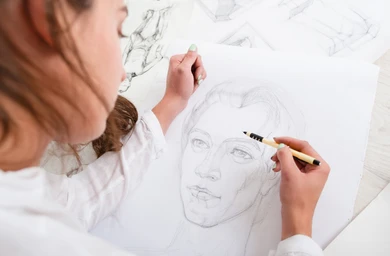
Best Papers for Pencil Art
With so many options available, here are some top choices for artists at different skill levels:
1. Arches Watercolor Paper (Hot Press)
This 100% cotton paper is a favorite among professional artists. Its smooth but durable surface holds deep blacks beautifully and allows for seamless blending. It can handle multiple erasures without tearing, making it ideal for detailed work.
2. Fabriano Artistico Watercolor Paper (Hot Press)
Similar to Arches, Fabriano Artistico has a fine texture that enhances precision. It erases well and has a subtle diagonal grain that adds character without overpowering the drawing.
3. Legion Stonehenge Drawing Paper
This ultra-smooth paper is excellent for intricate details and fine lines. It’s popular among colored pencil artists but works well for graphite too. However, it requires careful handling, as it’s more delicate than some other options.
4. Strathmore 400 Series Pastel Paper
Designed for pastels, this paper has a pronounced texture that adds depth to pencil drawings. It’s great for landscapes and portraits but may not be ideal for highly detailed work due to its rough surface.
5. Strathmore 300 Series Bristol Paper
A budget-friendly option, this acid-free paper is great for beginners experimenting with pencil techniques. It’s not archival, but it’s perfect for practice and casual projects.
Choosing the Right Paper for Your Art
Experimentation is key—trying different papers will help you discover which surface best complements your style. Here are a few tips to guide your selection:
- Test different textures – Smooth vs. textured paper can dramatically change the look and feel of your work.
- Start with single sheets – Individual sheets often have better quality than sketch pads, and they let you sample different brands without a big commitment.
- Go acid-free for long-term pieces – If you plan to preserve or sell your work, invest in archival grade, high-quality paper.
- Match paper weight to your technique – Heavy paper is best for detailed layering, while lighter paper is fine for quick sketches.
Conclusion
Great art isn’t just about talent and technique—it’s also about using the right materials. Choosing high-quality paper can elevate your drawings, improve durability, and give your artwork the depth and richness it deserves.
So, whether you’re a newbie or a seasoned pro, don’t underestimate the power of the right paper. It’s more than just a background—it’s the foundation of your art.



